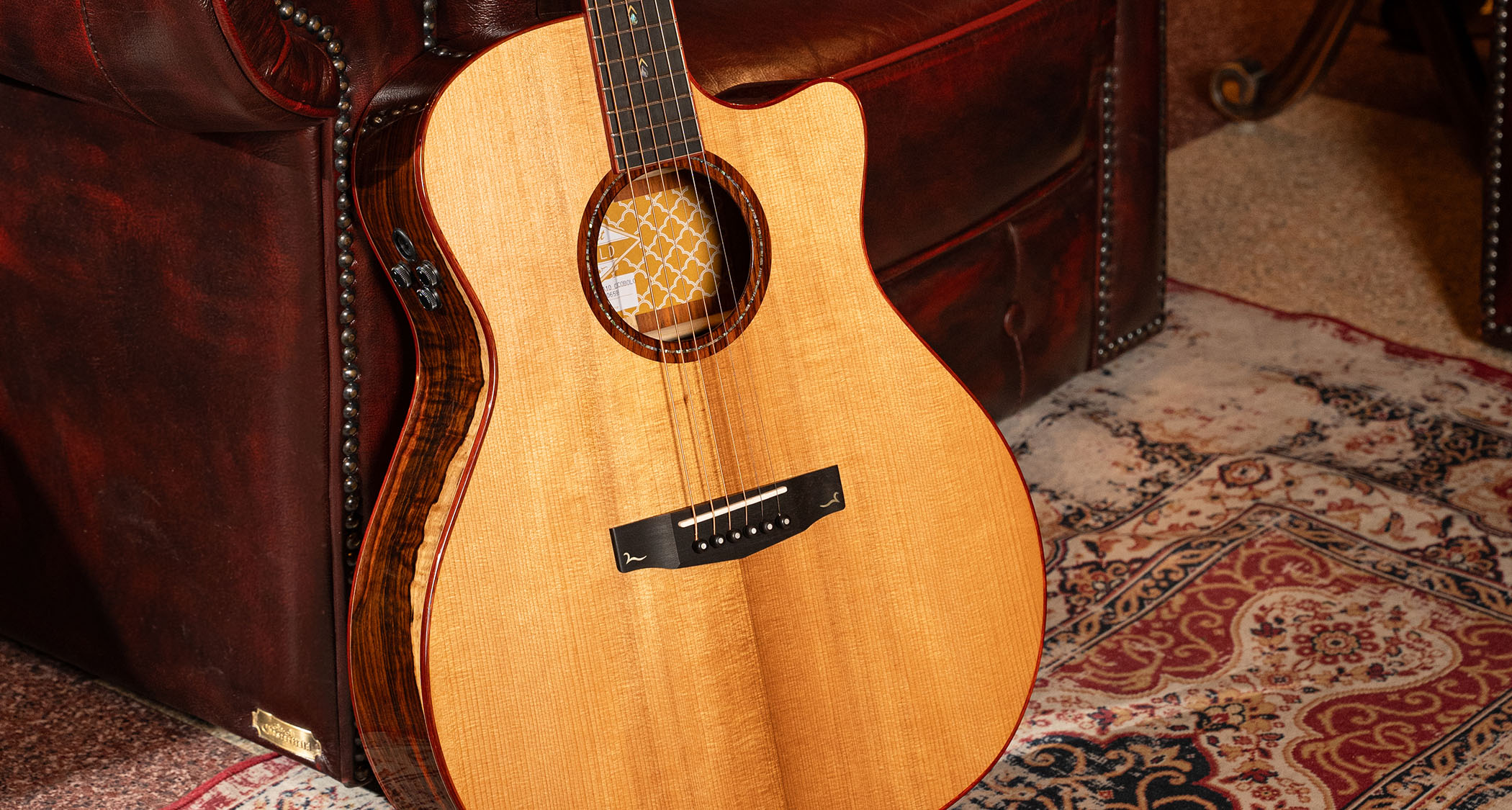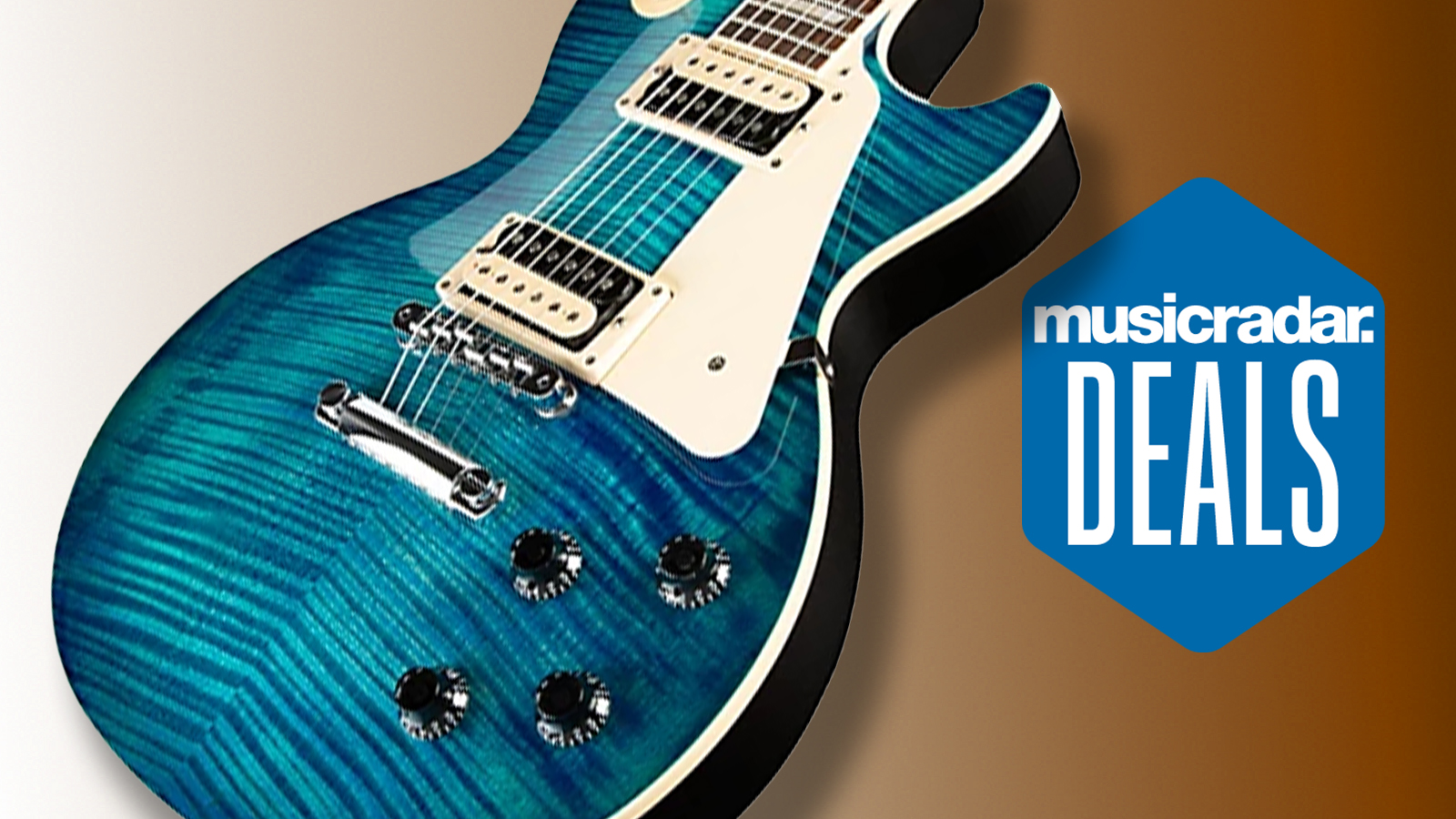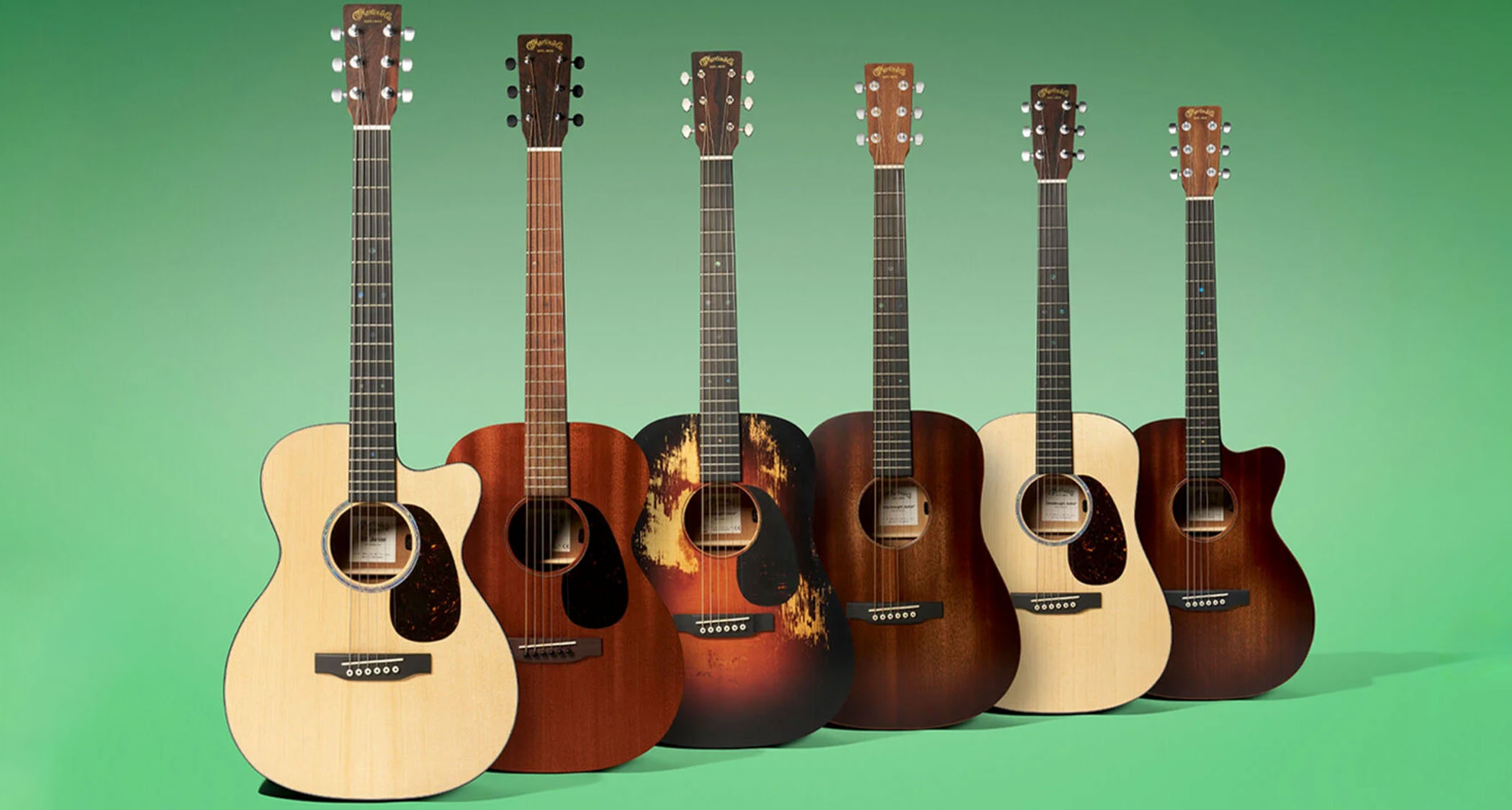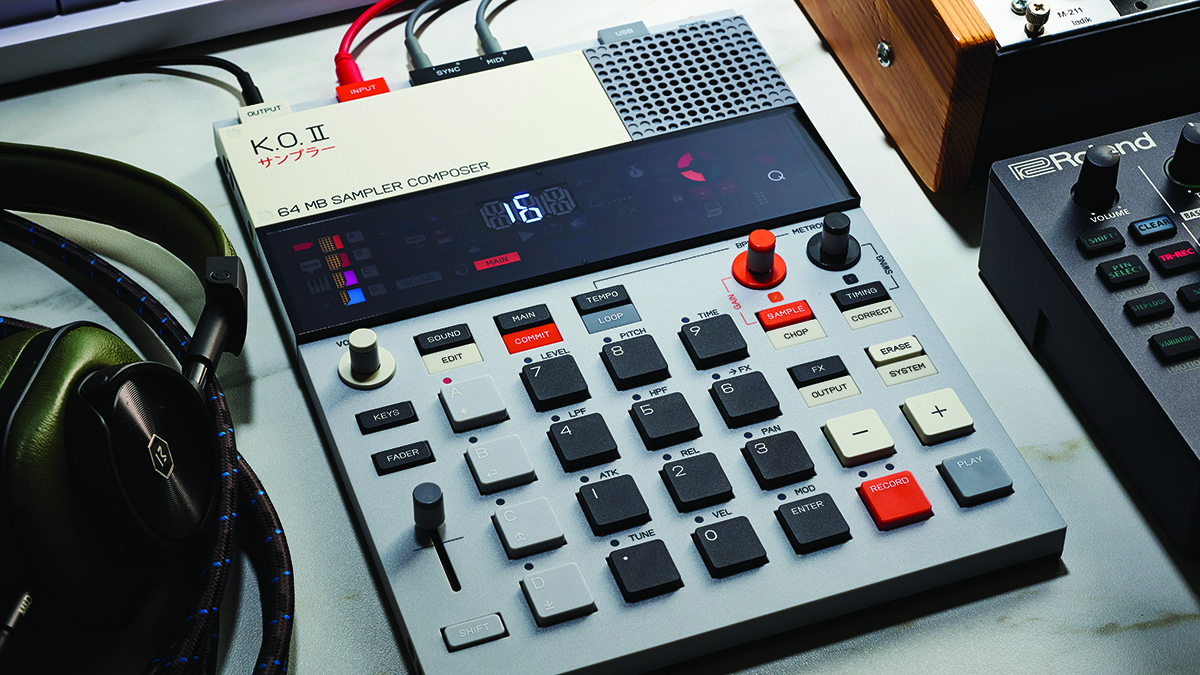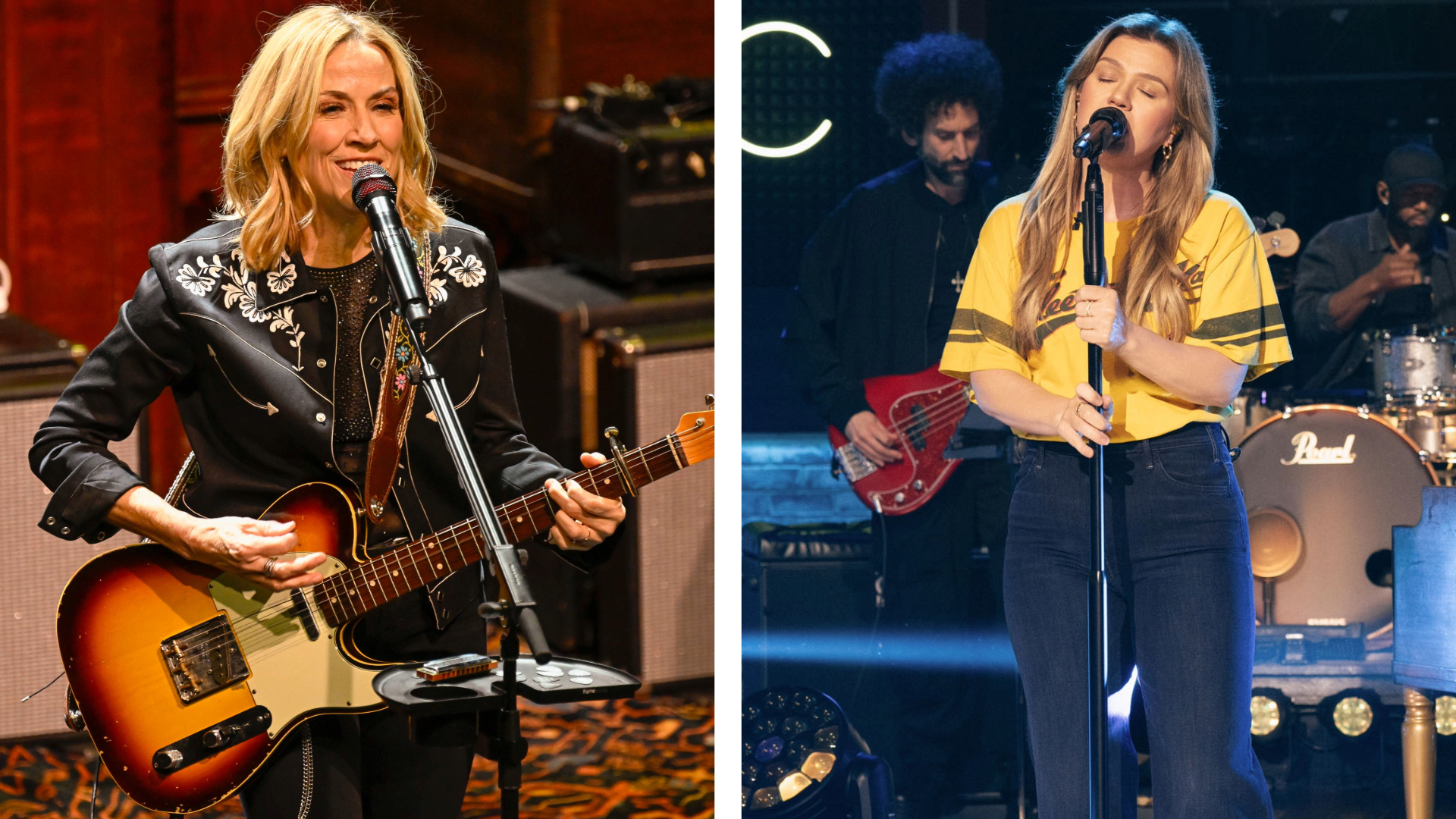Back to the '80s: how to capture an '80s sound in your home studio
Recreate the sound of the decade that brought us synth-pop, new wave and glam metal
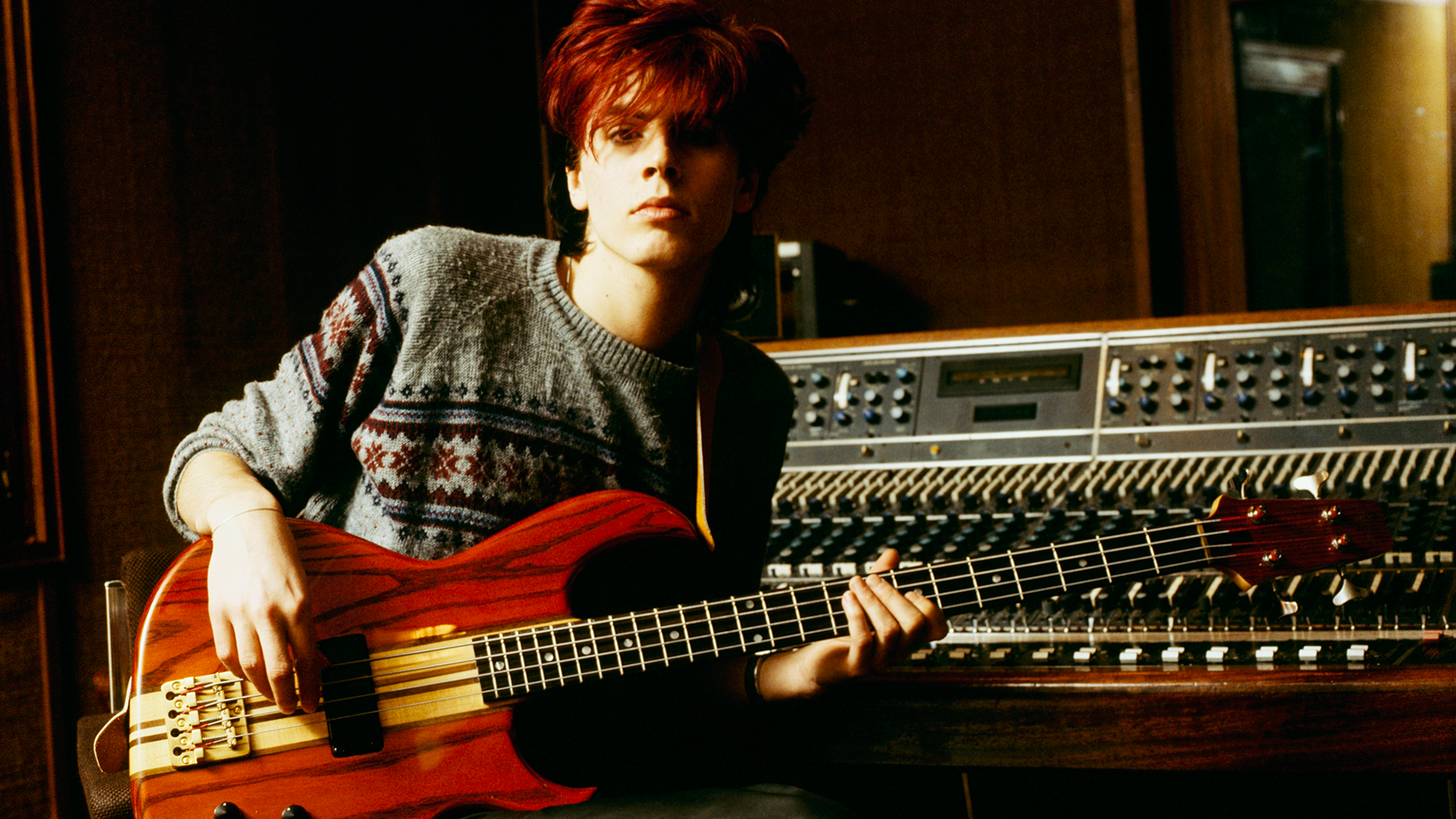
All modern electronic music – pop, dance, hip hop, or anything else – has some roots in the music of the 1980s. That’s the decade when electronic music went mainstream, and the sounds, styles, and technology of those times are still totally valid today.
There was a time when the culture of the 1980s was derided as being cheesy and tacky, and nostalgia was focused on the fashion more than anything, but that passed, and now we can appreciate how creative – and how much fun – that era was.
More than the 1970s, the 1980s sound was about the thrill of the new. Guitar music had stagnated; even the better bands had peaked and were living off their former glories. MTV was about to explode on TVs across the USA (and later, the world), bringing with it a massive change in how music was presented and consumed.
In fact, it can be argued that MTV was the big thing that shaped 80s music, something that didn’t exist in any form previously – adding a new level of visual awareness, and bringing to the fore songs that sounded good coming out of a television, with bands that looked the part too, for better or worse.
There was genuine excitement about creating new pop genres, or evolving existing ones, and the technological changes that brought new beats, new synths, new digital effects, home recording, music software, and of course, sampling, which without question was the next biggest and best thing to happen after MTV. You can still hear that sonic joy in some of the best 80s pop records, as artists and producers revelled in the new possibilities.
But we have an important message for you: there is no single definitive sound of the 1980s! You might listen to, say, Duran Duran, and say ‘that’s the 80s’… And it is, for you, maybe, but like any decade, the 1980s covers a lot of ground. The sounds of the 1980s are based in the sounds of the 1970s, with newer technology coming to the market place and to the studios, or obscure technology gaining more acceptance.
We have an important message for you: there is no single definitive sound of the 1980s
The 80s began with synth pop, and ended with industrial music, and a lot in-between, so your idea of typical 80s music might be Cyndi Lauper, or it might be Einstürzende Neubauten; both are cool, by the way.
Get the MusicRadar Newsletter
Want all the hottest music and gear news, reviews, deals, features and more, direct to your inbox? Sign up here.
If you look at the UK singles charts from 1980, amongst the more typical pop material, you’ll see ‘electronic’ acts such as Ultravox, OMD, Depeche Mode, Erasure, Peter Gabriel, and Jon and Vangelis. Skip on to 1989, and you’ll find New Order, 808 State, Nine Inch Nails, Meat Beat Manifesto, Test Department, Coldcut, and others.
Depeche Mode, in fact, rode the entire decade, beginning as spotty young guys with lightweight but catchy pop songs, then moving into the 1990s as a far darker proposition (well, drugs and leather can have that effect on you). Depeche Mode still going strong, as a stadium-level rock act, which would’ve seemed hard to believe back in the days of Just Can’t Get Enough.
Other technology-driven changes affected the music of that period too. Gaming went big, spawning generations who grew up with early game music (electronic, melodic, and supremely catchy). On the flip side of that, gaming was a time-suck, luring us away from instruments and causing us to spend untold hours hanging out with pong, plumbers and hedgehogs.
Mainstream musicians rejected early drum machines and other devices such as the TB-303, which led to the following generation discovering the ones being sold off cheap, and using them in low budget/home production environments. And then there’s the internet – which technically began on January 3, 1983. And we all know how that worked out!
If you want to sound 80s, you need to know about the songs of the time, but you also need to know what hardware was used to make them
If you want to sound 80s, you need to know about the songs of the time, but you also need to know what hardware was used to make them – the synths, samplers, rackmount modules and effects, and drum machines, that we’ve already mentioned. Now we can use soft instruments and effects to recreate all of it; as the cliché goes, even your iPhone has enough power to create an album or live performance, while handling a moon landing, and finding your shoes.
Software like Logic and Ableton Live has risen and evolved to the point where it’s easy to do something that was only a dream. Then there are reissues and reproductions of classic gear – look at Roland, Korg, or Behringer. If you’re aiming to create 80s-sounding music, you have to pay attention to each of these elements, and make a decision about how to go with each.
So, join us as we celebrate and recreate the sounds and techniques of the 1980s. You might remember the 1980s from the first time round (1985 was 36 years ago, if you’re reading this in 2021!), and you might be feeling a pleasant neon glow of nostalgia, or maybe you weren’t even born then, and it’s all new to you. Either way, it’s time to look at how to include some of that 1980s goodness in your contemporary productions.
80s tutorials
- How to imitate an '80s-style studio with modern software
- How to use arpeggiators to create '80s-style synth melodies
- How to make your own classic '80s synth pad sound
- How to recreate the Phil Collins '80s gated reverb drum sound
- How to produce an authentic '80s-style synth track in your DAW
- 6 ways to recreate the sound of classic '80s live bass
- 6 ways to recreate the sound of '80s synth-pop
- 6 ways to recreate an industrial '80s sound in your DAW
- 6 ways to create '80s-style tape recording effects
- 9 sure-fire '80s-style retro sound design tips
- How The Weeknd created an authentic '80s sound in Blinding Lights
- Build an '80s drum kit in your DAW using samples from this free library
- The 10 synths and drum machines that defined the '80s
- SampleRadar: 502 free '80s samples
We hope these '80s-focused articles might teach you some new things, or remind you of some old things. You can view the 1980s as a museum or theme park, where the aim is to create a perfect replica of a bygone age, and perhaps camp it up a bit. Or take it dead seriously, absorbing the sounds and techniques from that decade and incorporating them into your modern productions; another sonic palette to include – it’s about texture – using a bit of 80s magic when a mix needs something different.
The 1980s started as a decade where post-punk and classic rock were still going strong, and the punk DIY ethic was starting to apply itself to electronic music. Hip-hop, for example, was driven by that DIY/make-do spirit, using the tools at hand, and squeezing creativity out of them, instead of daydreaming about acquiring more expensive toys in the future.
Conversely 2020s music production can be about excess, or resisting it – we have so many tools available, for every budget: from free phone apps to Moog synths. Our challenge is to filter out what we don’t need!
So the 1980s can seem like a more innocent or naive time as far as music goes – even though we were embracing technology, a lot of it was still relatively basic; the home producer might be using a 4- or 8-track cassette recorder and a simple drum machine as the heart of their setup.
There were always the ambitions to own more gear and to get some studio time, but with it there was that curiosity about pushing our gear to the max, which could entail bouncing down tracks in a cassette multi-tracker, for example. Each time you did this – mixing down two tracks to a third, so you could record over the first two – you’d sacrifice sound quality and the ability to change anything on those tracks.
The 1980s can seem like a more innocent or naive time as far as music goes – even though we were embracing technology, a lot of it was still relatively basic
That would be reflected in the sound of the final mix, as well as in your writing and recording habits, as you’d create new material with those limitations in mind.
The same might go for monophonic synths – imagine if you could only afford one synth, and it was a monophonic model – only one note at a time! How far would you have to go to squeeze the best out of that?
These are the limitations that spark creativity – imagination becomes more important. So maybe the challenge should be to make an EP with only four tracks per song, for example. An exercise in restraint is always worth doing – anything that makes you think differently about how you make music, that teaches you new things and, of course, gives you an excuse to play some fun music.


Computer Music magazine is the world’s best selling publication dedicated solely to making great music with your Mac or PC computer. Each issue it brings its lucky readers the best in cutting-edge tutorials, need-to-know, expert software reviews and even all the tools you actually need to make great music today, courtesy of our legendary CM Plugin Suite.




